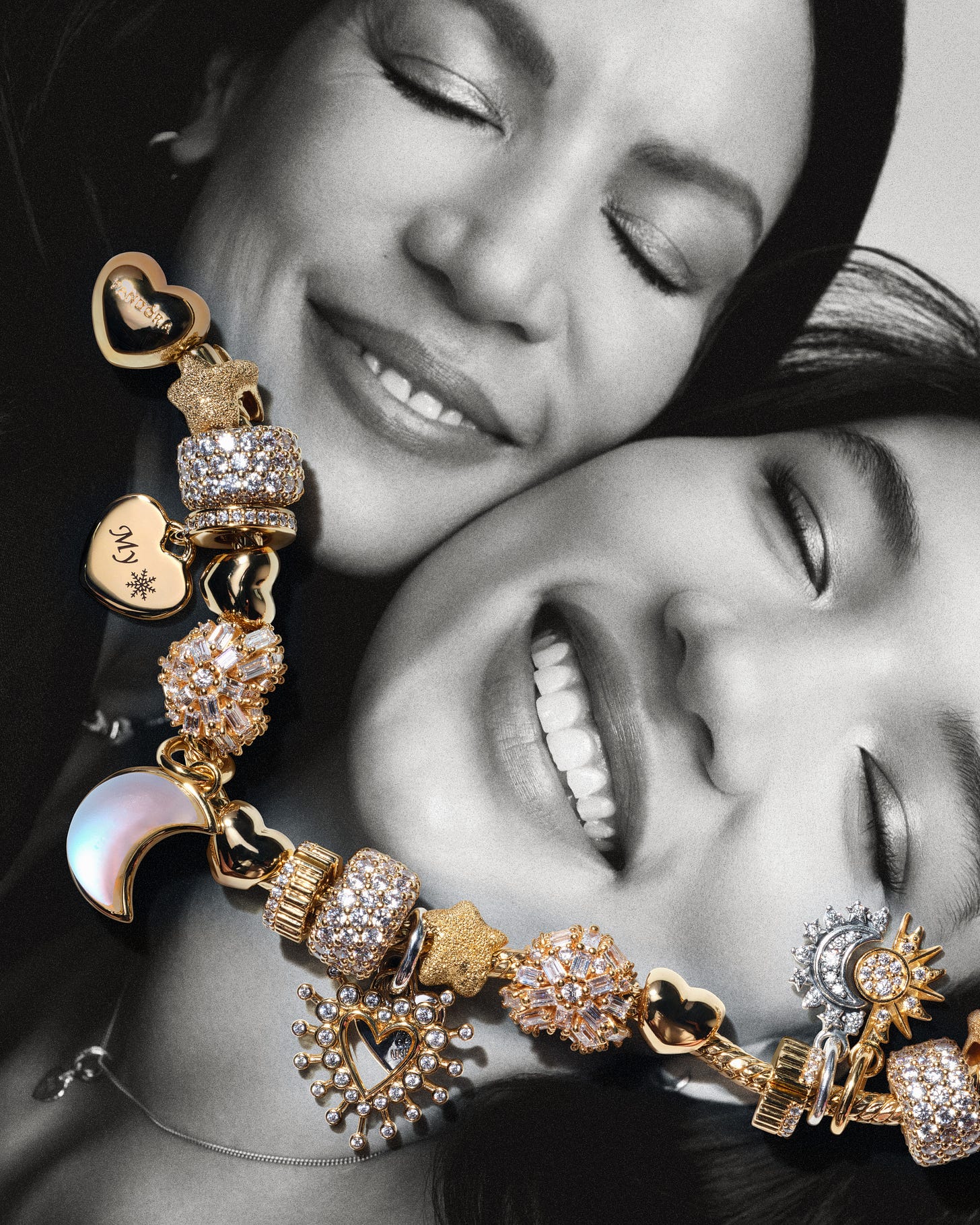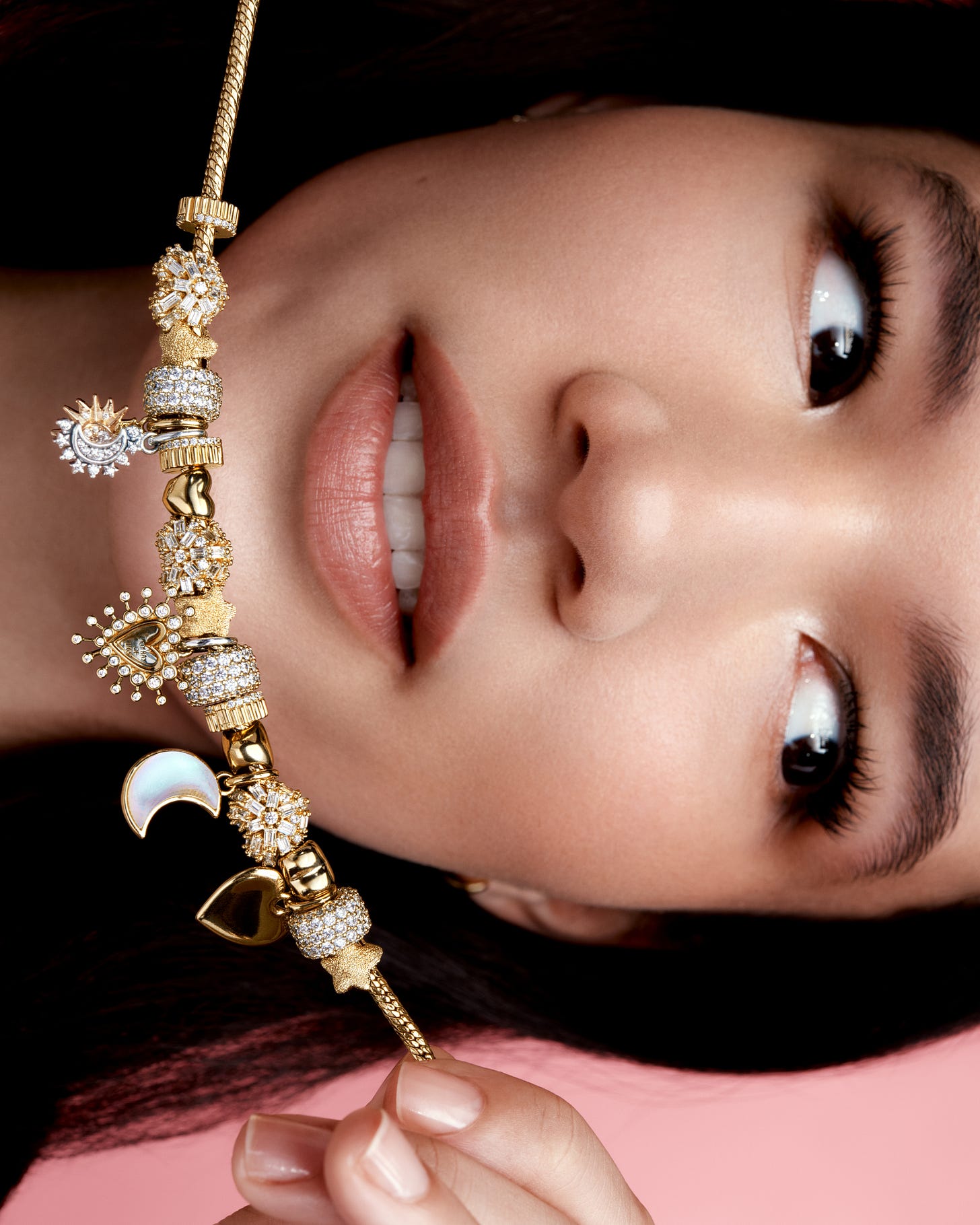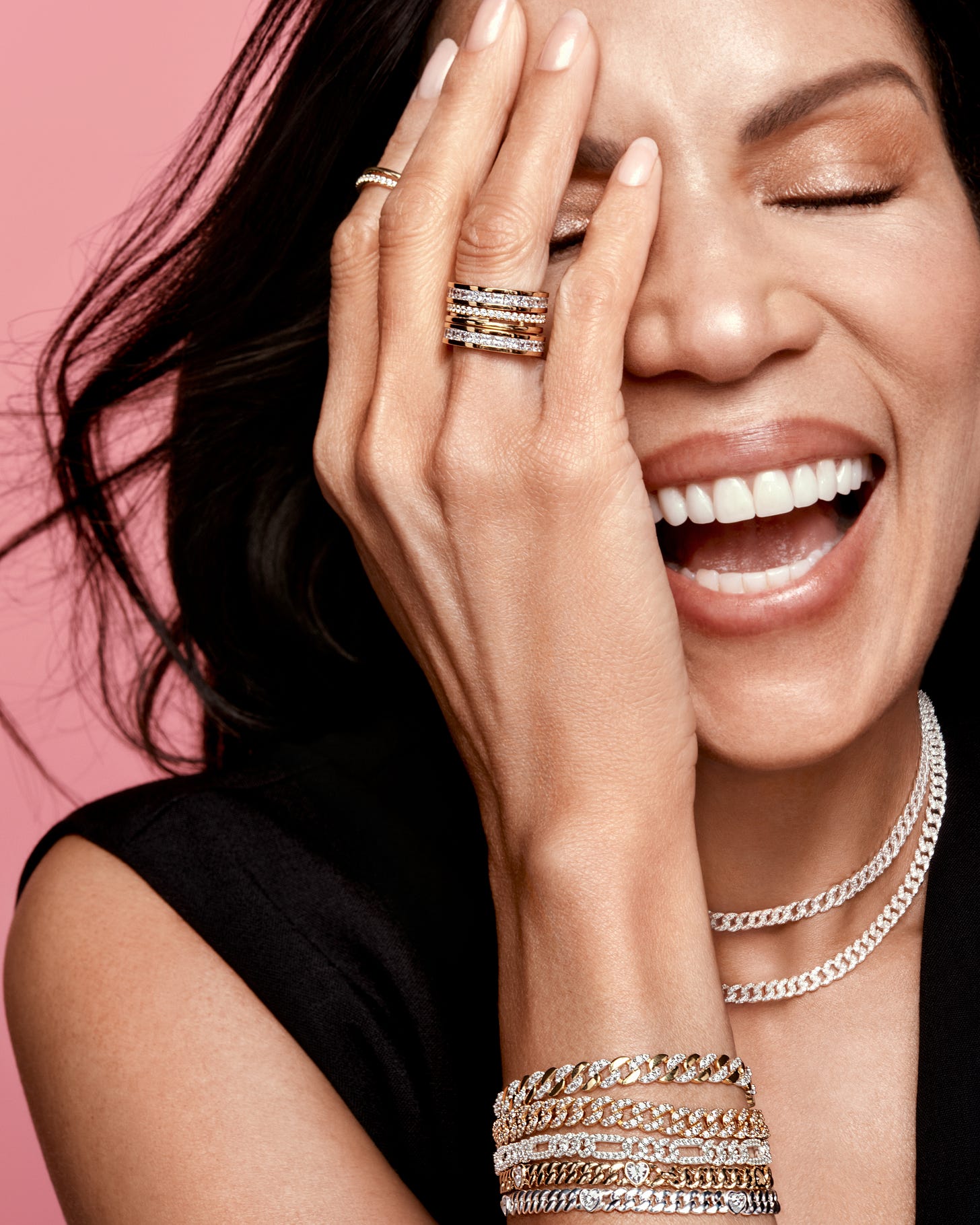The Links That Bind Us
“Jewelry has always been more than decoration to me. It’s memory you can touch — a language without words, a map of where we’ve been and who we’ve loved.”
Jewelry has always been more than decoration to me.
It’s memory you can touch — a language without words, a map of where we’ve been and who we’ve loved.
My mother’s charm bracelet tells that story better than anything I could write. She was a nurse during the Second World War, caring for wounded soldiers and prisoners of war. Every year, for decades, a small parcel would arrive from Japan — a charm sent by one of the men she’d nursed back to life.
A silver crane.
A carved bead.
A coin turned into a pendant.
When the last of her patients passed away, the gifts stopped.
But by then, the bracelet had become a record of their shared humanity — proof that gratitude can travel oceans, and that love can outlast politics, distance, and even war.
When I hold that bracelet now, I feel my mother’s presence.
Her compassion. Her grace under pressure. Her belief that connection is the antidote to everything cruel in the world.
It’s not made of precious metal — but it’s more valuable than anything I own.
“Across centuries and continents, we’ve always turned beauty into protection, and metal into memory.”
Jewelry, in every culture, carries that same current.
In West Africa, women hand down gold bangles that jingle like laughter — symbols of continuity and fortune.
In India, brides wear bangles and anklets that chime like prayer, each sound a wish for prosperity and endurance.
In Italy, children are given coral beads to ward off bad luck.
Across centuries and continents, we’ve always turned beauty into protection, and metal into memory.
Each link, each stone, each handmade clasp tells a story.
And sometimes, the meaning is heavier than the gold itself.
When I was a child, I thought my mother’s bracelet was magical.
Now, as a mother myself, I understand that what made it powerful wasn’t the charms — it was the exchange.
A reminder that the act of giving transforms both people.
That gratitude, like metal, endures when we care for it.
Maybe that’s what adornment really is: the art of keeping our connections visible.
We wear what we can’t bear to forget.
Even now, when I fasten a piece of jewelry around my wrist or neck, I think of her hands doing the same. I think about the way she carried stories across time without ever meaning to. And I think about how my daughters will one day choose what to keep, what to wear, and what to pass down — links in a chain that started long before any of us were born.
“The strongest links aren’t made of gold.
They’re made of time, tenderness, and understanding.”
Objects have their own language, if we listen long enough.
This story began with a bracelet — but really, it’s about how we mark love and endurance in every form: the things that glitter, and the things that quietly hold us together.






